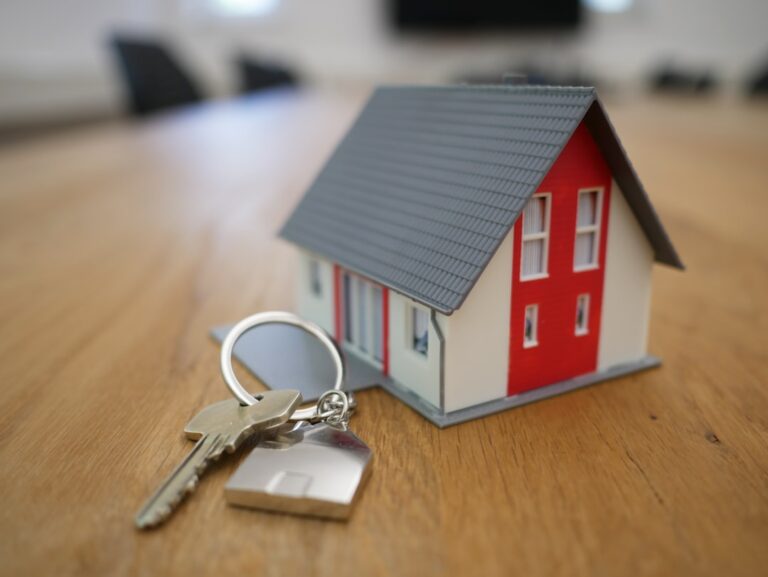Low Interest Debt Consolidation Loans help homeowners fund home improvements by combining high-interest debts into a single loan with a lower rate, simplifying repayment, reducing interest payments, and providing budget predictability for renovation projects. To qualify, assess financial health, gather documents, compare loan terms from reputable lenders, and present detailed cost estimates. Effective post-loan management ensures funds are used efficiently for planned improvements while maintaining financial stability.
Looking to transform your home but burdened by multiple debts? Low Interest Debt Consolidation Loans offer a compelling solution. This article explores how these loans can fund much-needed renovations, providing a clear path to financial stability and improved living spaces. We delve into the benefits, qualification criteria, popular use cases, and key strategies for managing post-loan projects. Discover how debt consolidation mortgages can be your gateway to a brighter home.
- Understanding Low Interest Debt Consolidation Loans
- Benefits of Using Debt Consolidation for Home Improvements
- How to Qualify for and Obtain These Loans
- Popular Use Cases for Debt Consolidation Mortgages
- Comparing Loan Options: Traditional vs Debt Consolidation
- Strategies for Effective Post-Loan Renovation Management
Understanding Low Interest Debt Consolidation Loans

Low interest debt consolidation loans are a popular choice for homeowners looking to fund home improvements or renovations. These loans allow you to combine multiple high-interest debts, such as credit card balances and personal loans, into one single loan with a lower interest rate. By doing so, you can simplify your repayment process and save money on interest payments over time. This strategy is particularly beneficial when you have multiple debts with varying interest rates, as it provides a more manageable and cost-effective way to pay them off.
These loans often come with fixed interest rates, which means the rate remains the same throughout the loan term, providing budget predictability and stability. Homeowners can then use the savings from lower interest payments to fund their desired home improvements or renovations. Whether it’s adding a new room, remodeling the kitchen, or upgrading the landscaping, low interest debt consolidation loans offer a flexible funding option that can help turn your home renovation dreams into reality while managing your debts more efficiently.
Benefits of Using Debt Consolidation for Home Improvements

Debt consolidation mortgages can be a strategic financial move for homeowners looking to fund significant home improvements or renovations. One of the primary benefits is access to low-interest debt consolidation loans, which can make substantial projects more affordable. By consolidating multiple high-interest debts into a single mortgage with a lower rate, homeowners can free up cash flow, making it easier to allocate funds for much-needed upgrades and repairs.
This approach offers financial flexibility, allowing property owners to focus on the renovation process without the constant burden of multiple debt payments. It simplifies budgeting by combining several loan obligations into one manageable repayment, potentially saving money in interest charges over time. Thus, debt consolidation becomes a practical solution for those aiming to enhance their living spaces while managing their finances efficiently.
How to Qualify for and Obtain These Loans

To qualify for a Low Interest Debt Consolidation Loan aimed at funding home improvements or renovations, start by assessing your current financial situation. Lenders will consider your credit score, debt-to-income ratio, and overall credit history. Maintaining a good credit standing increases your chances of securing favorable loan terms. Gather necessary documentation, including proof of income, employment details, and bank statements, to streamline the application process.
When applying for these loans, approach reputable financial institutions or lenders known for offering debt consolidation options. Compare interest rates, repayment terms, and any associated fees. Some lenders may require specific types of renovations or improvements as collateral. Be prepared to provide detailed plans and estimates for your home improvement project. This ensures that the loan funds are used appropriately and increases your chances of approval.
Popular Use Cases for Debt Consolidation Mortgages

Debt consolidation mortgages offer a practical solution for homeowners looking to fund substantial home improvements or renovations, especially in cases where traditional financing options might be limited or less appealing. These loans are particularly popular for projects that involve structural changes, such as adding rooms, remodeling kitchens or bathrooms, or even converting attics into living spaces. Homeowners can consolidate multiple debts, including credit cards and personal loans, into a single mortgage with a potentially lower interest rate, freeing up cash flow to focus on their renovation goals.
The appeal lies in the ability to access larger sums of money at competitive rates, making significant renovations more feasible. Low-interest debt consolidation loans allow homeowners to rearrange their finances, simplifying repayment and potentially saving them money in the long term. This approach can be ideal for those aiming to increase their home’s value or create a more comfortable living environment without the strain of high-interest credit card debts.
Comparing Loan Options: Traditional vs Debt Consolidation

When considering funding for home improvements or renovations, one often overlooked yet powerful tool is a debt consolidation mortgage. This approach stands out from traditional loan options by offering lower interest rates and streamlined repayment terms. Traditional loans often come with higher interest rates and may require stricter creditworthiness, while debt consolidation mortgages seek to simplify the process by combining multiple debts into a single, more manageable loan.
By opting for a low-interest debt consolidation loan, homeowners can potentially save significant amounts on interest payments over time. This makes it an attractive option for those looking to refinance existing debts and invest in home enhancements simultaneously. Such loans provide not only financial flexibility but also peace of mind, allowing property owners to focus on their renovation projects without the burden of multiple monthly payments.
Strategies for Effective Post-Loan Renovation Management

After securing a Low Interest Debt Consolidation Loan for your home improvements, effective post-loan management is key to staying on budget and avoiding financial strain. Create a detailed renovation plan outlining expenses, timelines, and priorities. This strategic approach ensures every dollar allocated towards the loan serves its intended purpose.
Regularly track expenses against the budgeted amounts, comparing them with the original loan terms. Communicate openly with contractors and suppliers to manage unexpected costs proactively. Additionally, consider setting aside a contingency fund within your budget to cover unforeseen renovation challenges, ensuring your project stays on track without compromising financial stability.
Debt consolidation mortgages offer a strategic way to fund home improvements with lower interest rates, providing property owners with financial flexibility and opportunities to enhance their living spaces. By consolidating debt into a single loan with a potentially lower interest rate, homeowners can simplify repayment and free up cash flow for renovation projects. This article has explored the benefits, qualification process, popular use cases, and post-loan management strategies for these loans, empowering readers to make informed decisions about transforming their homes while managing debt effectively.
